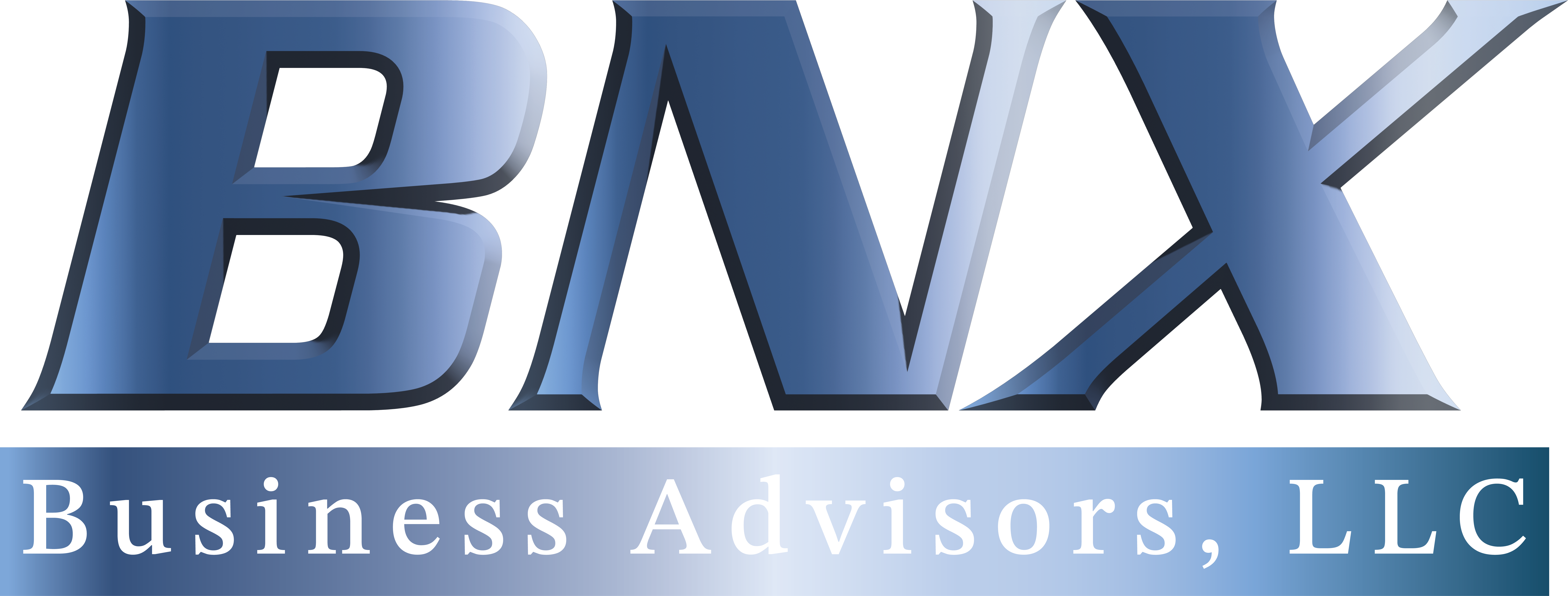
In the fast-paced world of business, mergers and acquisitions (M&A) are common occurrences. Whether driven by strategic expansion, market consolidation, or financial restructuring, these corporate marriages often dominate headlines. While the focus typically revolves around financial figures, market share, and synergy potential, there’s a crucial yet often overlooked aspect that can make or break the success of a merger: Human Resources (HR).
Behind the scenes, away from the flashy boardroom announcements and stock market reactions, HR plays a pivotal role in orchestrating the complex integration of people, processes, and cultures. It’s not merely about filling out paperwork and updating job titles; it’s about navigating the intricate terrain of human dynamics to ensure a smooth transition and maximize the value of the combined entities.
Understanding the Human Element
At its core, a merger is a collision of cultures. Each organization brings its own set of values, norms, and ways of working to the table. When two companies merge, employees from both sides suddenly find themselves thrust into unfamiliar territory. The fear of the unknown, uncertainty about job security, and concerns about changes in corporate culture can create significant anxiety and resistance among staff.
This is where HR steps in as a guiding force. By fostering open communication, providing transparent information, and offering support mechanisms, HR professionals can help alleviate employee concerns and pave the way for a smoother transition. From town hall meetings and one-on-one consultations to dedicated communication channels, effective communication becomes the cornerstone of successful integration.
Talent Management and Retention
One of the most significant challenges during a merger is retaining top talent. In the midst of organizational upheaval, key employees may feel disengaged or uncertain about their future within the newly formed entity. HR plays a critical role in identifying high-potential individuals, addressing their concerns, and implementing retention strategies to ensure continuity and preserve institutional knowledge.
Talent management doesn’t stop at retention; it also involves strategic workforce planning. HR professionals must assess the skills and competencies of the combined workforce, identify gaps, and develop comprehensive talent development plans to bridge those deficiencies. Whether through training programs, mentorship initiatives, or career progression pathways, investing in employee development is essential for long-term success.
Cultural Integration
Perhaps one of the most complex tasks for HR in a merger is managing cultural integration. Every organization has its unique culture, shaped by its history, leadership, and values. When two distinct cultures collide, clashes are inevitable. These cultural differences can manifest in various ways, from communication styles and decision-making processes to work habits and attitudes towards change.
HR plays a crucial role in facilitating cultural alignment and fostering a sense of unity among employees. This involves more than just organizing team-building activities or issuing corporate values statements; it requires a deep understanding of both organizational cultures and a strategic approach to bridging the divide. By promoting inclusivity, celebrating diversity, and fostering a shared sense of purpose, HR can help create a cohesive culture that drives collaboration and innovation.
Managing Change
Change is inherent in any merger, and HR serves as the catalyst for managing this change effectively. From restructuring departments and realigning reporting structures to revising policies and procedures, there are numerous moving parts that must be coordinated seamlessly. Moreover, HR must navigate the emotional journey that accompanies change, helping employees navigate uncertainty, adapt to new ways of working, and embrace the opportunities that lie ahead.
Effective change management requires a combination of empathy, resilience, and strategic planning. HR professionals must anticipate potential challenges, proactively address resistance, and provide the necessary support mechanisms to guide employees through the transition. Whether through training programs, employee assistance programs, or leadership coaching, HR plays a central role in building change-ready organizations capable of thriving in the face of uncertainty.
Measuring Success
In the aftermath of a merger, HR’s role extends beyond the initial integration phase. It involves ongoing monitoring, evaluation, and adjustment to ensure that the desired outcomes are achieved. Key performance indicators (KPIs) related to employee engagement, retention rates, productivity levels, and cultural alignment provide valuable insights into the success of the merger.
By analyzing these metrics and soliciting feedback from employees, HR can identify areas for improvement and implement corrective measures as needed. Continuous communication and transparency are essential throughout this process, as employees look to HR for guidance and support during times of change.
Conclusion
While mergers may be driven by financial considerations, their success ultimately hinges on the ability to effectively manage the human side of the equation. HR’s role in mergers goes far beyond administrative tasks; it involves navigating the complexities of human dynamics, fostering cultural integration, retaining top talent, and managing change effectively.
By recognizing the importance of HR’s role in mergers and investing in the necessary resources and expertise, organizations can enhance the likelihood of success and create a stronger, more resilient entity poised for future growth. As the saying goes, “People are our most valuable asset,” and nowhere is this more evident than in the high-stakes world of mergers and acquisitions.
